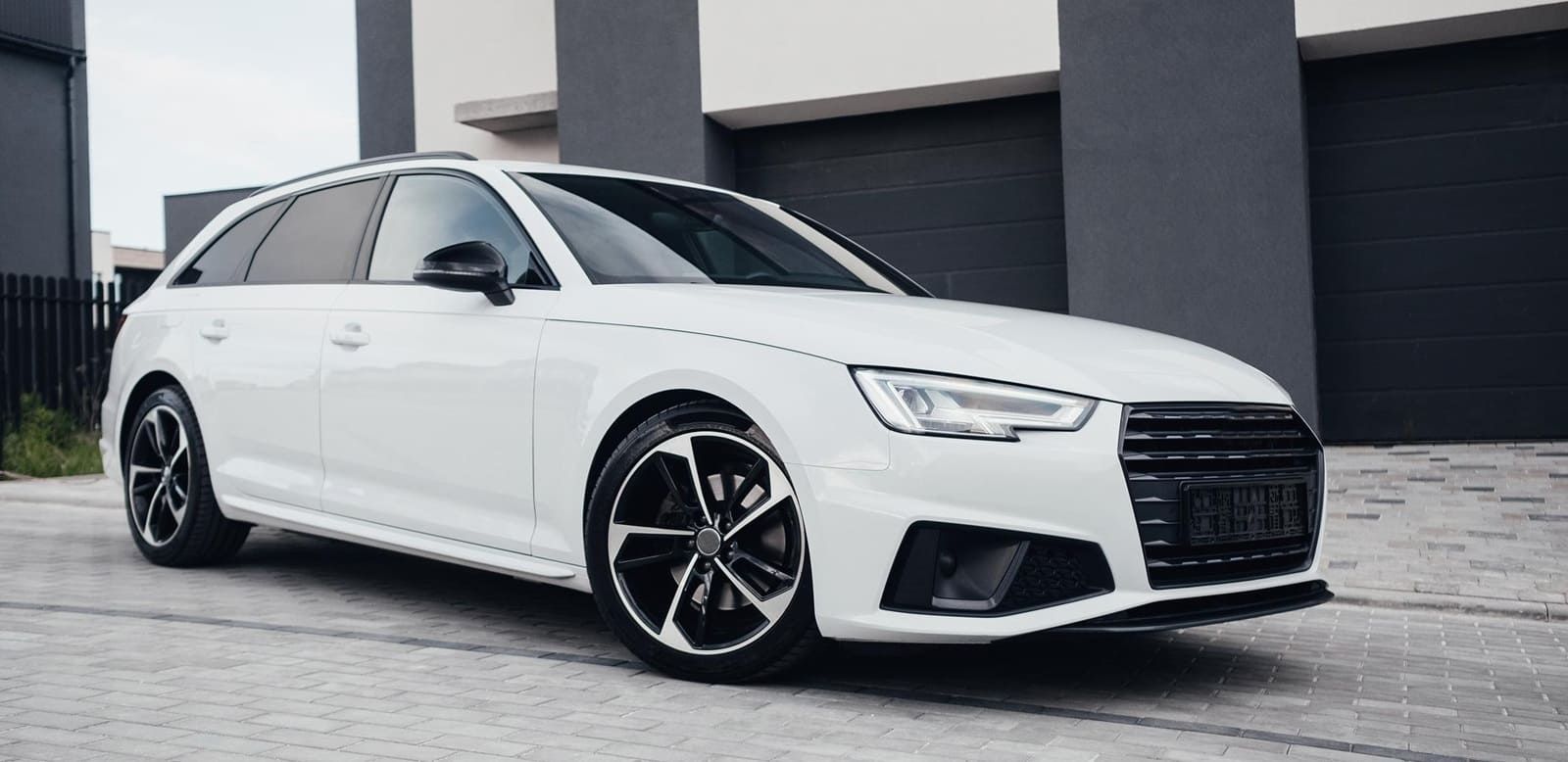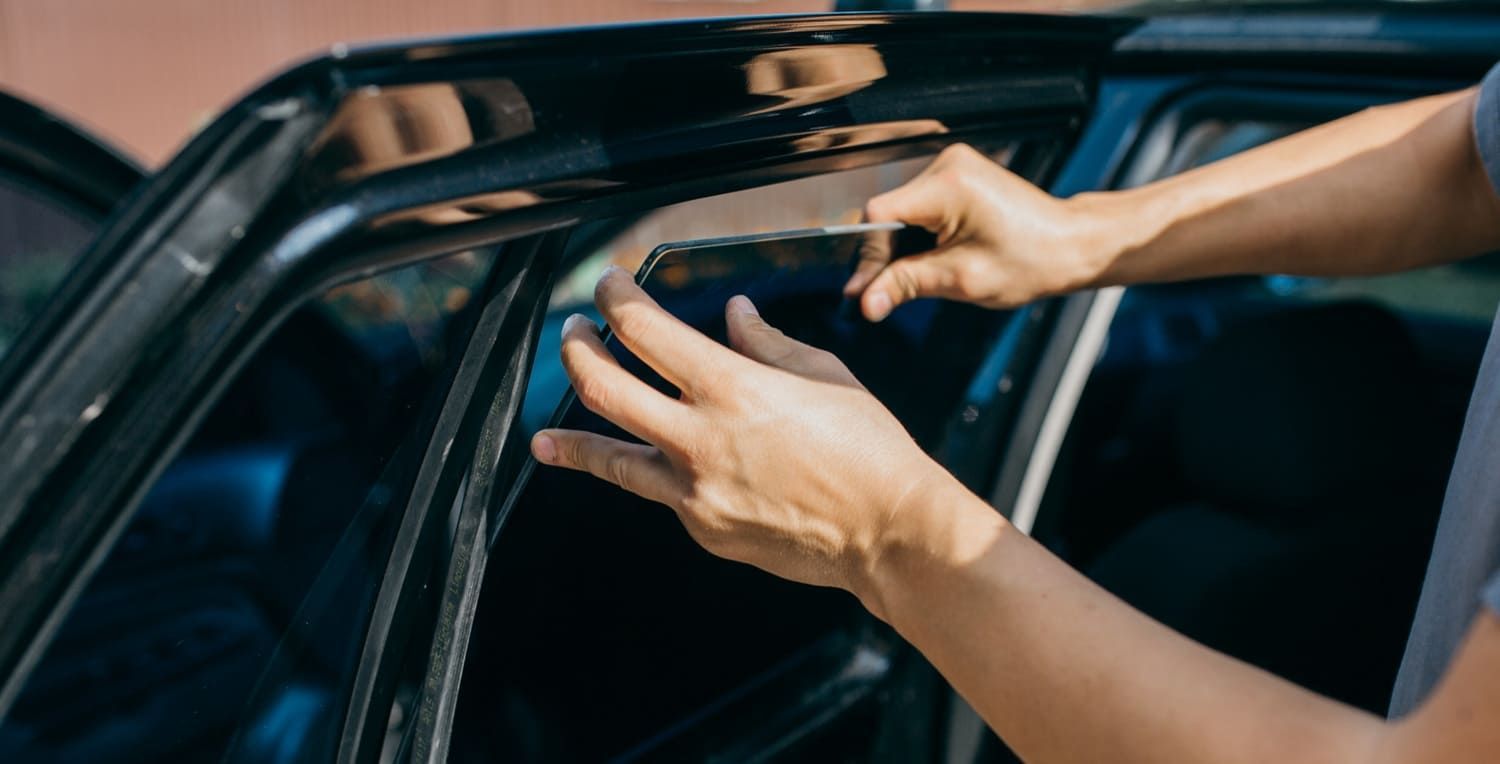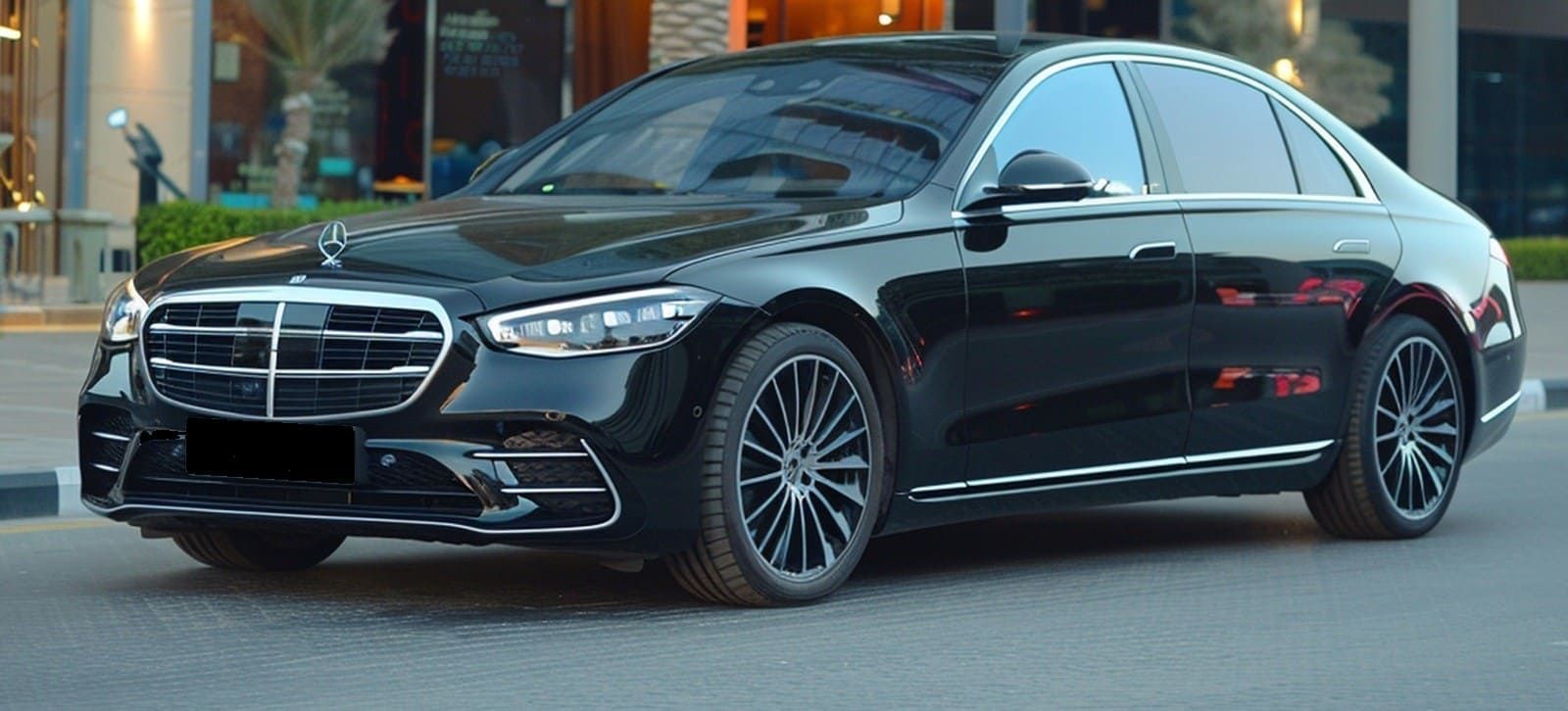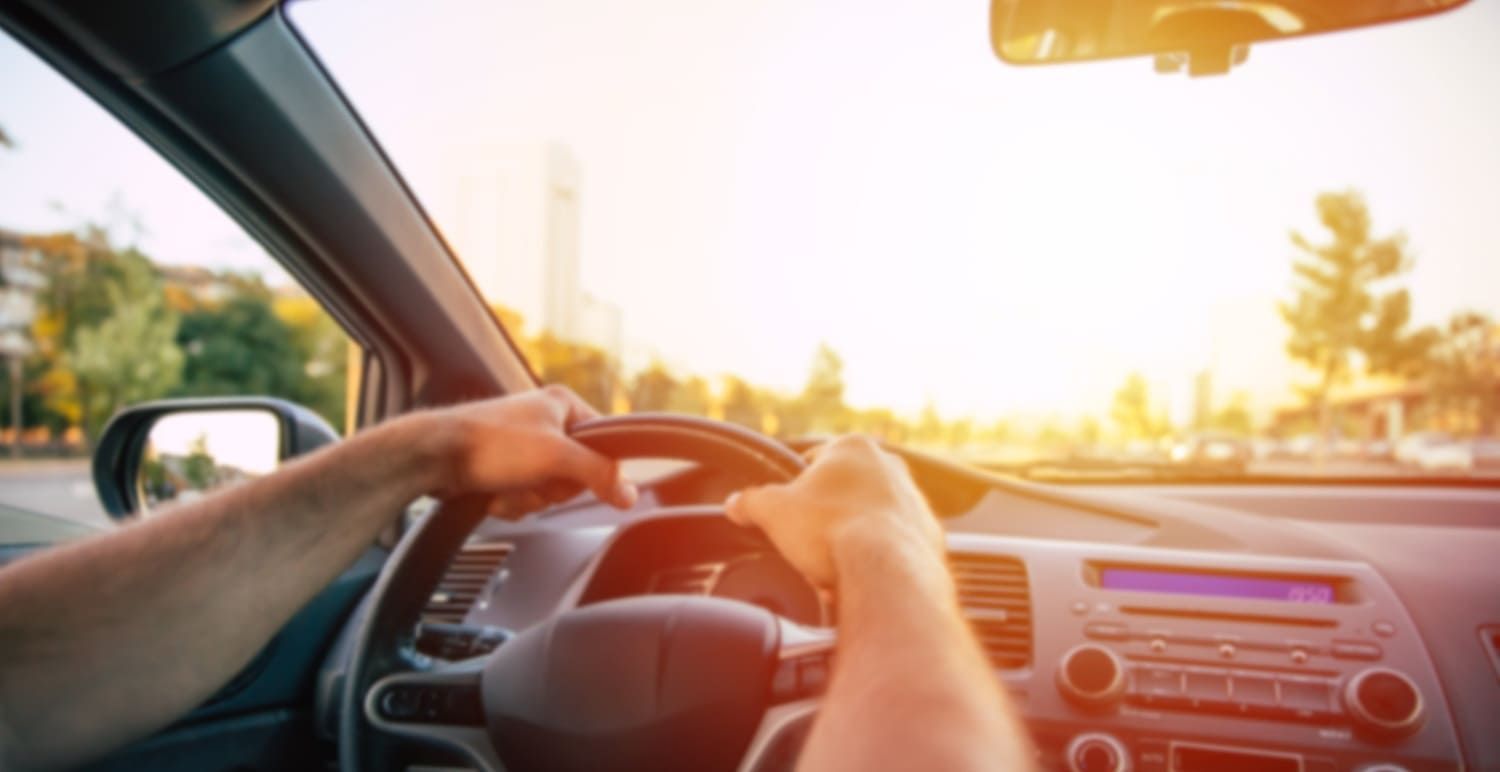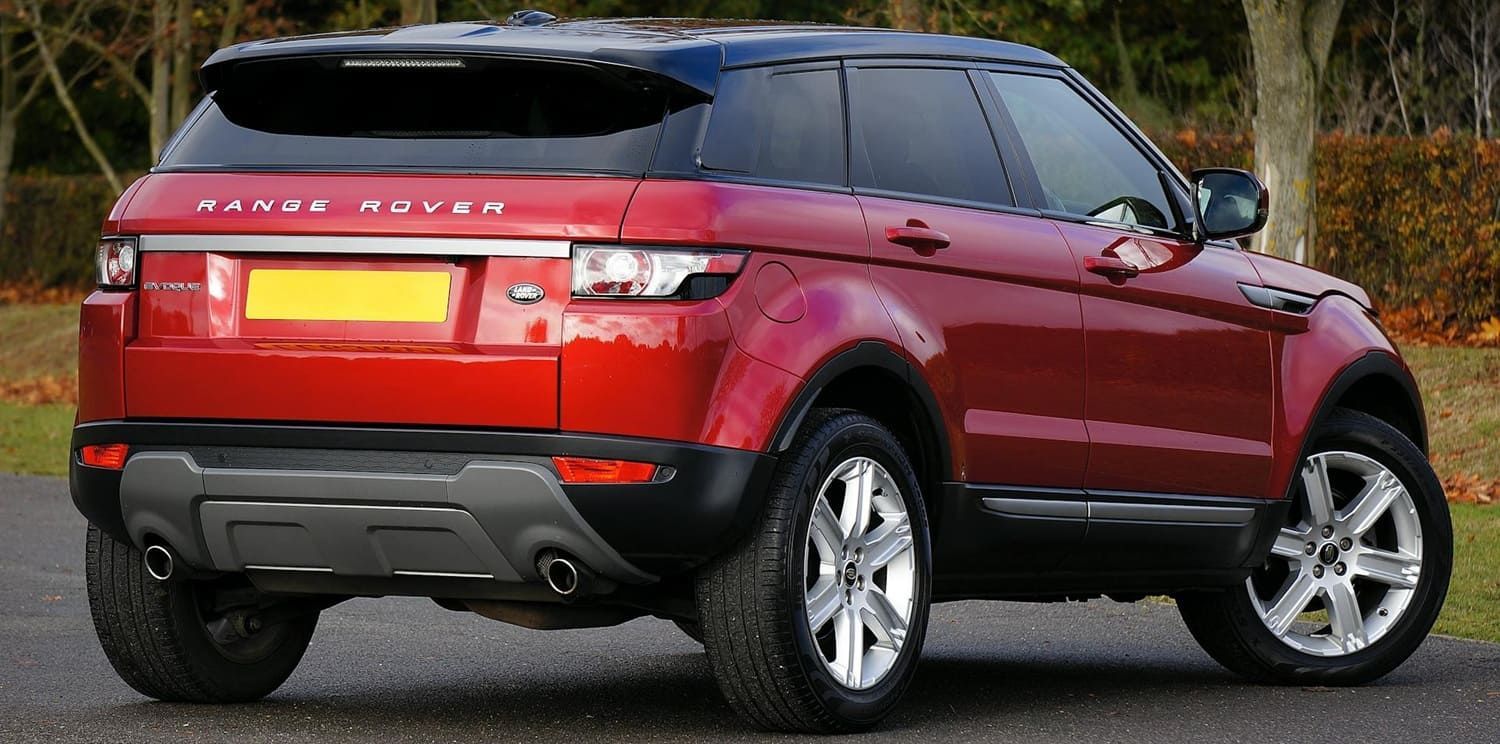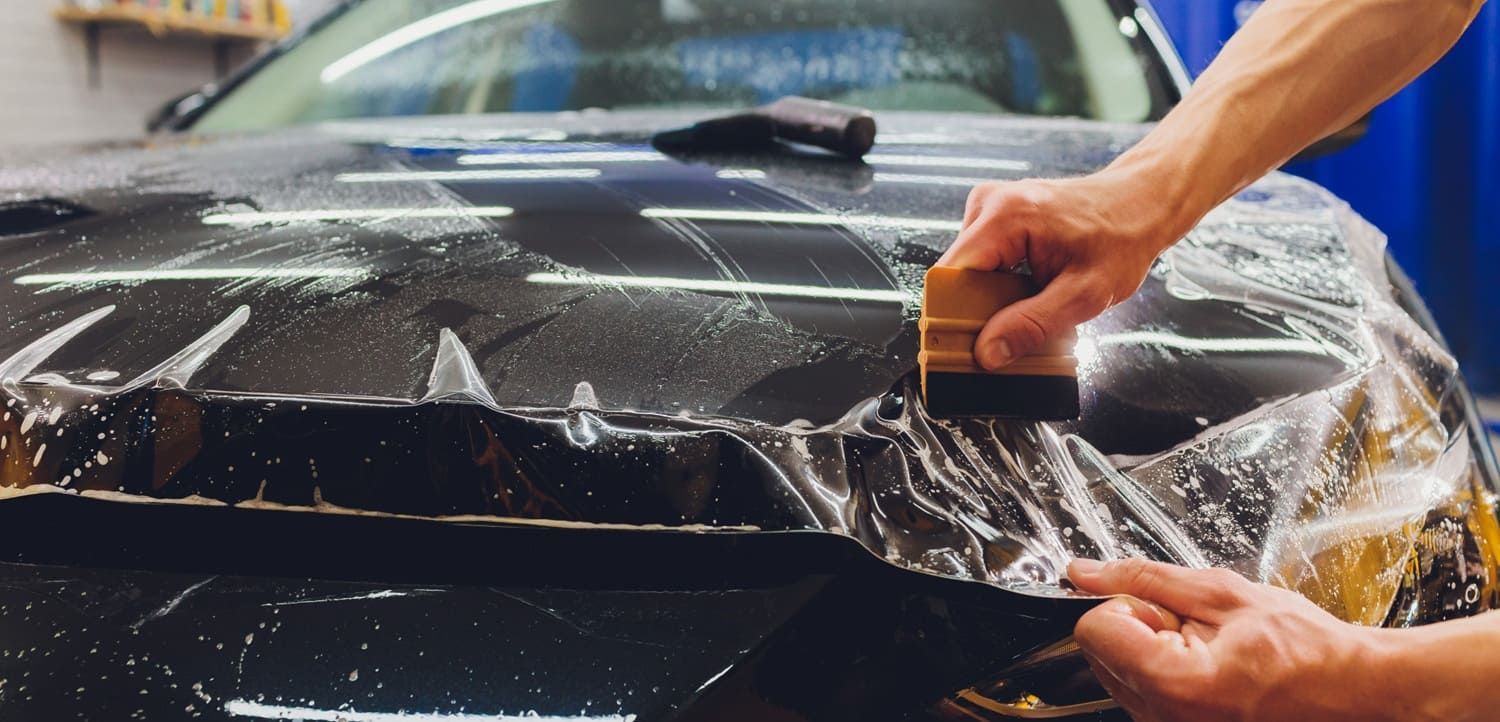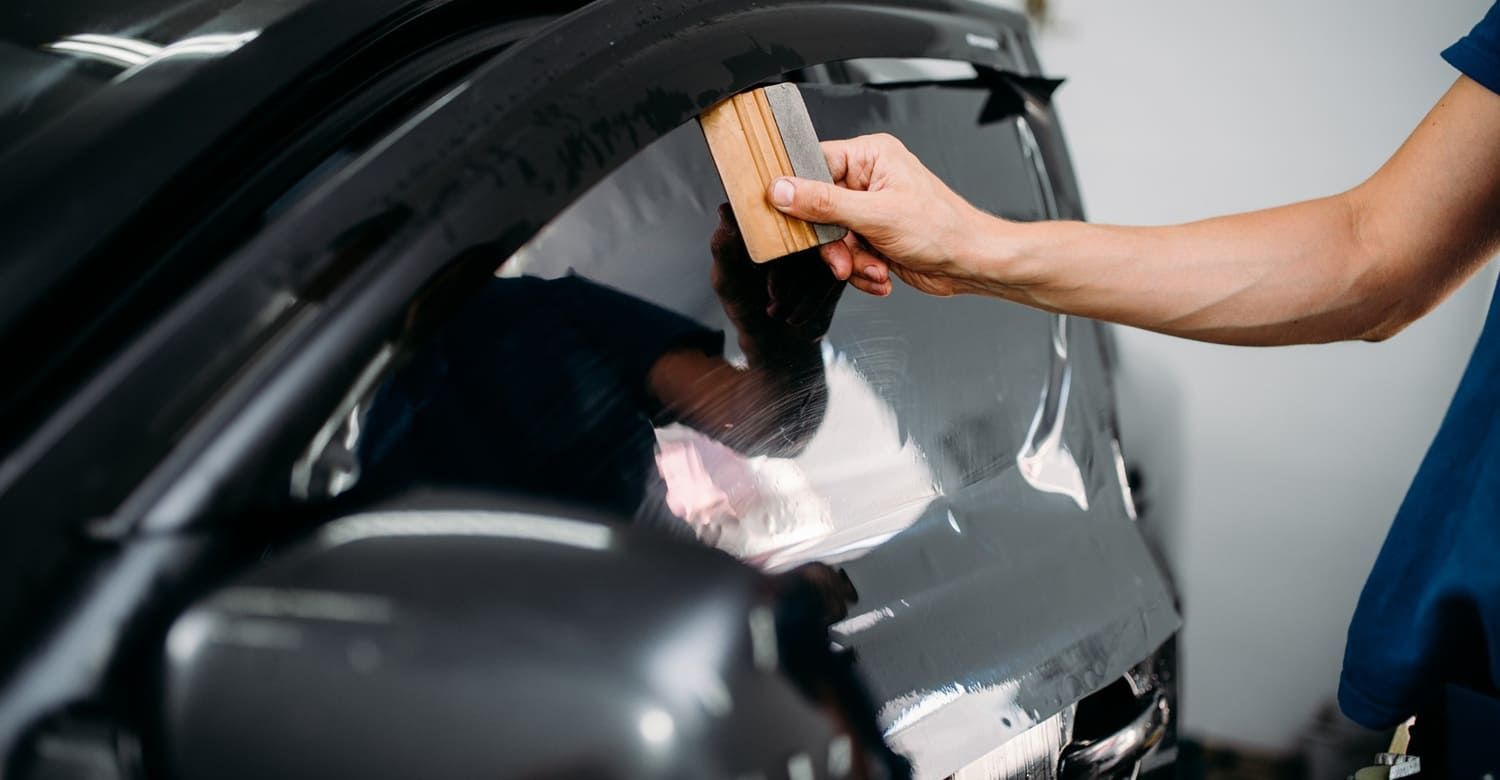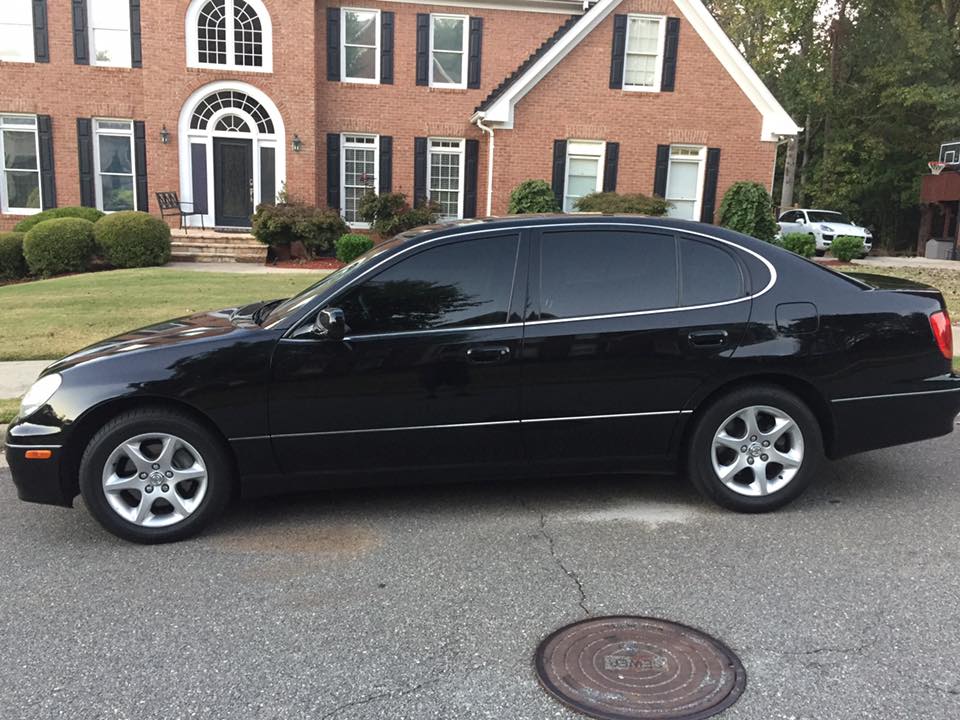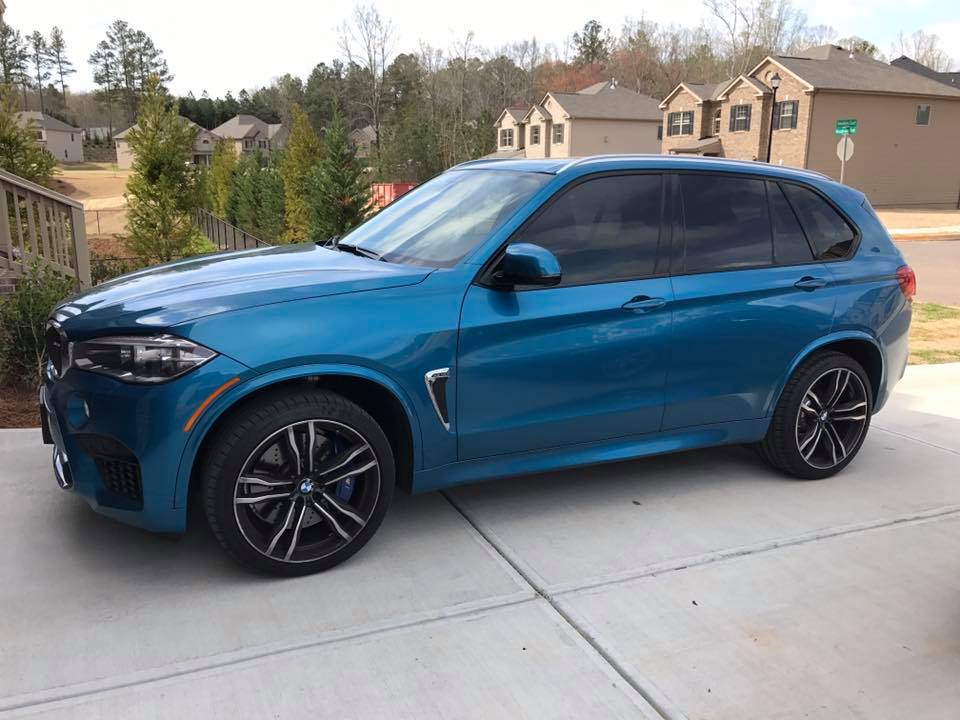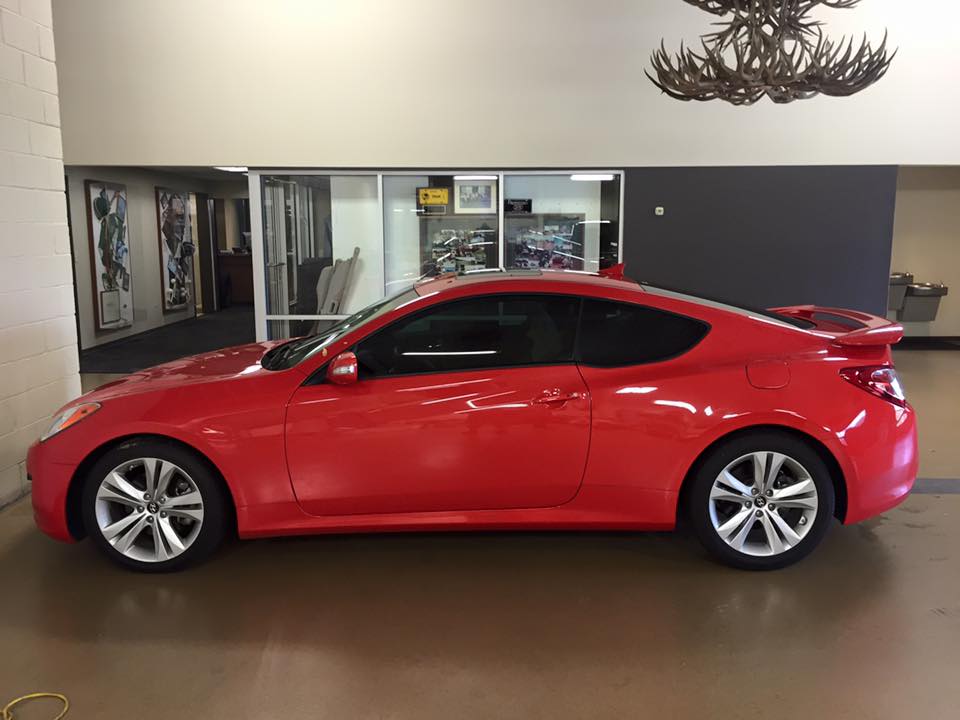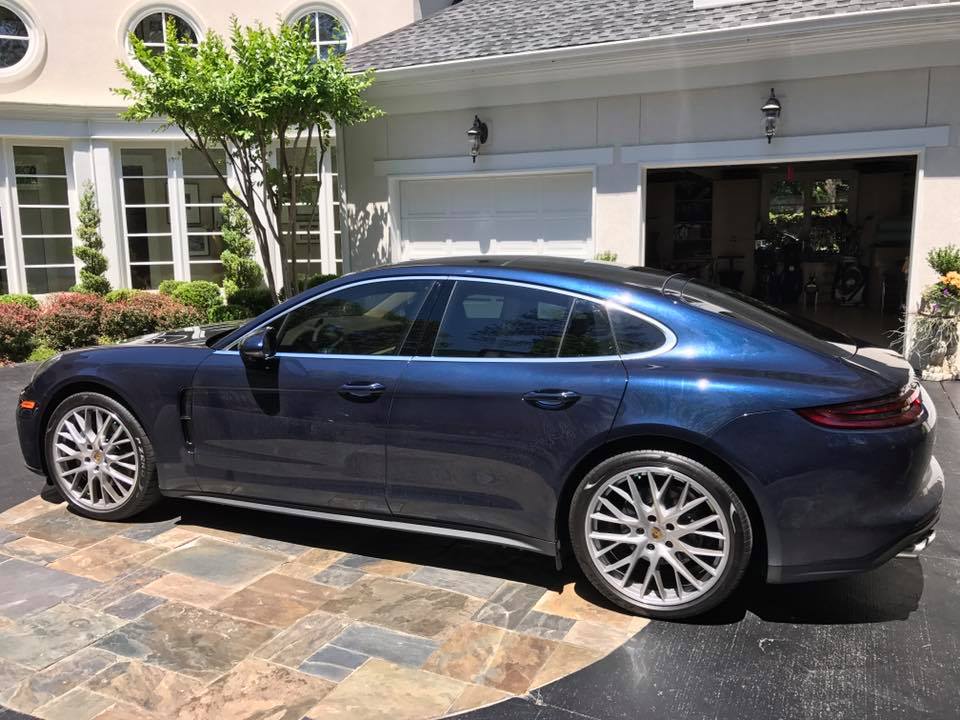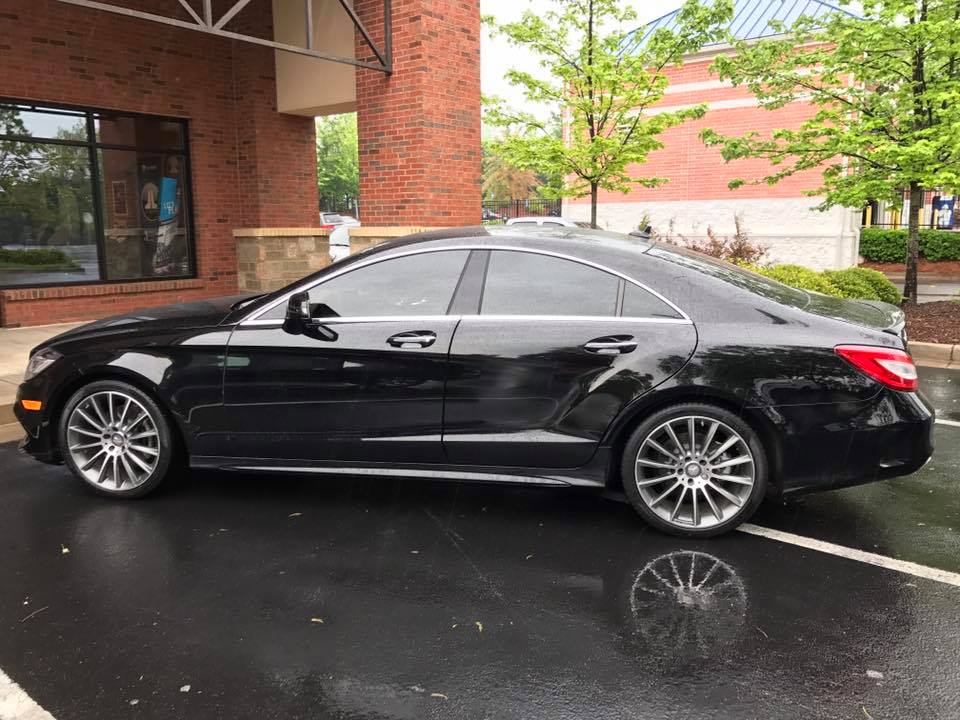Winter, Spring, Summer, Fall: The Best Times of the Year to Have Your Car Windows Tinted
If you just bought a new ride, you need to know some window tinting dos. Read this all-season guide to the best times of the year to tint your car windows.
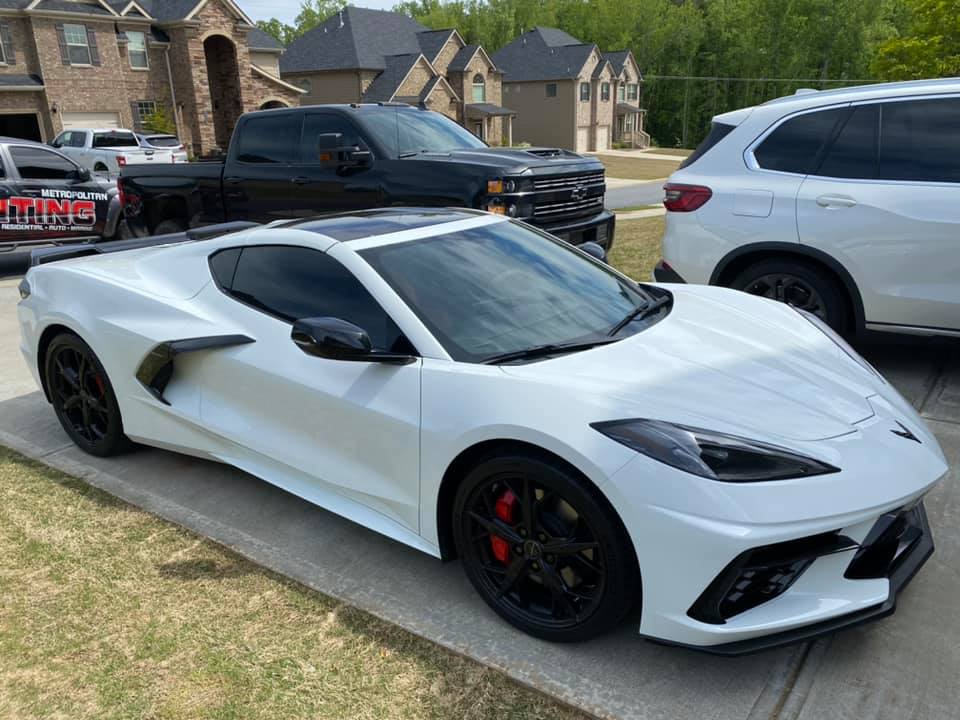
Window tinting on your vehicle can reduce the total UV radiation that penetrates your car's glass by over 99%. Depending on where you live and how much you drive, car window tinting can significantly protect you from the sun.
Plus, it can limit sun headaches or migraines while driving and protect children from having to ride in overheated seats.
Auto window tinting works better in some seasons than others. Keep reading to learn more about window tinting and what's the best season for it!
What Is Window Tint?
Window tinting is the process in which film gets applied to the inside of a car's windows. The purpose is to reduce UV rays and heat from the sun that penetrates the vehicle's interior.
The material and thickness of window tint film varies, depending on the car, the car owner, and state rules. Each state has its own set of rules for how dark car owners can tint their windows.
While some car owners tint their windows because they think it looks cool, others do so for reasons such as:
- To protect the car's interior
- To block out harmful UV rays
- To keep the interior of the car cooler
- To alleviate migraines from the sun
Tinting can help reduce the glare of other car's headlights, too. Plus, tinting provides more privacy so that passers and drivers can't see into a vehicle as easily.
When it's too dark, tinting can be dangerous at night as it does reduce visible light transmission through the tinted windows. Every state mandates its restrictions concerning tinting, especially on front windows.
Some new cars come with already-tinted windows, but tinting is a common aftermarket option. The lower the number of the film, the darker the tint of that film will be, which means the less light can pass through.
You can buy DIY tint kits or opt to have it professionally done.
From ceramic window film to coated window tinting, there are plenty of options, some of which must absolutely be applied by a professional window tinter.
The Best of the Four Seasons Window Tinting
From combatting headaches to blocking out UV rays, there are plenty of reasons to tint your vehicle's windows. However, some seasons are better than others, as weather that's too hot or too cold can make tinting more difficult.
Let's take a look at the different seasons and which ones work best.
Spring and Fall
Typically, the best time to tint windows is either in spring or fall. The low humidity levels and mild temperatures during those particular seasons ensure that the applied tint can adhere to the windows properly.
In spring, rain and humidity can pose an issue, especially in southern areas. If summer is extended and fall is still hot, it can be difficult to tint then too.
As a rule of thumb, though, spring and fall are the best seasons to choose for window tinting.
Summer and Winter
During the warmer summer months, the hot air can actually make the window tint cure faster. That's a good thing. However, if humidity is high, it can make installing tint more difficult.
On the opposite end of the spectrum, tinting windows during winter months can make drying difficult. If you do decide to tint yours during the winter, you may need to wait a little longer to use your windows so that they have sufficient time to dry.
As long as the installer has a temperature-controlled space in which to tint car windows, they can be done at any time of the year.
Window Tint Curing
It's important to remember that freshly tinted windows must go through a curing process. Typically, once your windows are tinted, you must wait at least 3 to 4 days before rolling down and using your windows.
The drying process is essential. The process itself involves applying a sheer film with specialized adhesive. If the adhesive doesn't have sufficient time to dry, it could ruin your tint job.
How long you have to wait after the application depends on the weather. On warmer days, 3 to 4 days should suffice. However, if the weather is colder, you might have to wait more than 4 days before using your windows. Your window tint installer will give you the specifics on how long you should wait to ensure enough drying time.
Once the curing process is complete, you can use your windows, during hot or cold weather, to your heart's content.
Things to Remember
Before you tint your vehicle's windows, there are a few essential things to remember. First and foremost, remember to comply with state regulations, or you run the risk of getting fined and ticketed down the road. Any professional installer will be familiar with your state laws and ensure your car complies.
While you can tint your windows on your own, it's crucial not to settle for a lower-quality film. It might seem like the cost-effective option to do it yourself, but remember that time is money. If you put all that time in, using lower-quality film, you'll likely end up spending more to have it fixed down the road.
If your window tinting does get applied during extremely cold or hot months, make sure it's applied professionally in a temperature-controlled environment. Also, don't forget to allow ample drying time before you use your windows after tinting.
Enjoy the Many Benefits of Window Tinting
Window tinting is an excellent way to protect the interior of your car and protect you and your passengers from harmful UV rays. Plus, tinting your vehicle's windows can help to alleviate migraines and headaches and provide a safer, cooler space for children and adults alike.
Window tinting allows for more privacy, both on the road and while your car is parked. Just remember to comply with state regulations concerning the darkness of your tint, so you don't get slapped with tickets and fines later on.
Are you ready to get a free estimate without leaving the comfort of your office or home? Contact us at Metropolitan Tinting to get started and with any questions you have!




